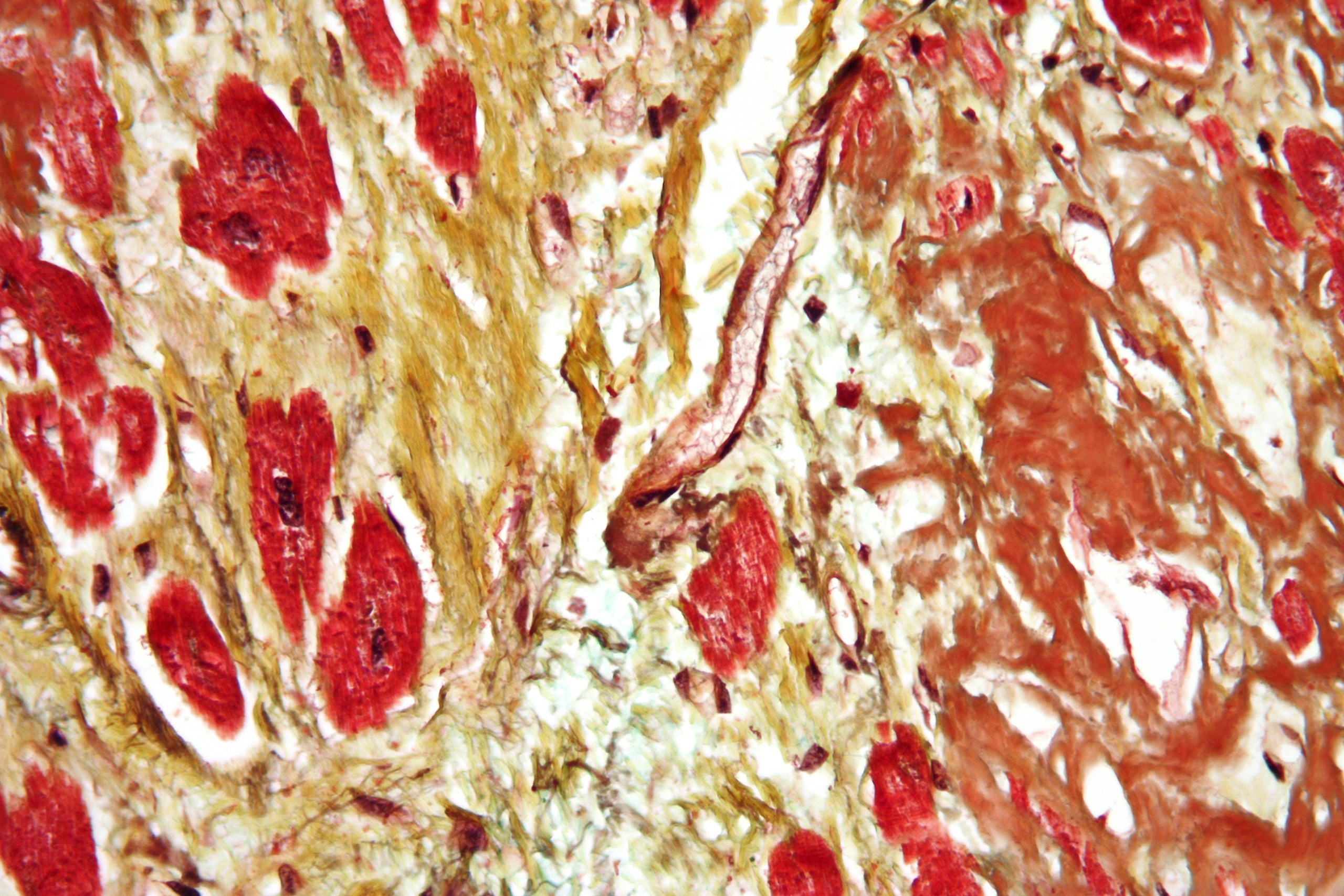
Systemic amyloidosis-focused Attralus has launched after raising $25m in a Series A fundraising round led by venBio Partners.
This funding should enable San Francisco-based Attralus to “obtain clinical proof of concept with at least one therapeutic candidate”, according to the company’s CEO Spencer Guthrie. Attralus’s portfolio is comprised of three candidates: one is a diagnostic imaging agent AT-01, which is currently in early Phase II studies, and the other two are pre-clinical therapeutic candidates, AT-02 and AT-03.
“Attralus is a promising company that is taking a different approach to amyloidosis, and we believe they are a great asset to our portfolio,” notes venBio partner Richard Gaster. He adds that venBio was impressed with Attralus’s two potential best-in-class therapeutics that “focus on removing amyloid fibrils instead of reducing production, addressing the high unmet need currently present in the treatment of amyloidosis”.
“Additionally, Attralus already has clinical validation of its targeting agent with AT-01, which, for an early-stage company, is rare.”
As a result of this round, Gaster and venBio managing partner Corey Goodman will both join Attralus’s board of directors.
Unmet needs in systemic amyloidosis
Systemic amyloidosis represents a group of around 30 diseases that are caused by protein misfolding, leading to the accumulation of amyloid fibrils in many organs in the body. This build-up of the protein amyloid is toxic and leads to organ dysfunction.
How well do you really know your competitors?
Access the most comprehensive Company Profiles on the market, powered by GlobalData. Save hours of research. Gain competitive edge.

Thank you!
Your download email will arrive shortly
Not ready to buy yet? Download a free sample
We are confident about the unique quality of our Company Profiles. However, we want you to make the most beneficial decision for your business, so we offer a free sample that you can download by submitting the below form
By GlobalDataWithout treatment, systemic amyloidosis can lead to organ failure and death; patients only live for five years on average after the onset of symptoms. These poor outcomes are linked to challenges in both diagnosing and treating this condition; Guthrie notes that systemic amyloidosis “affects over 500,000 people worldwide, yet 80% of patients go undiagnosed”.
Many patients with amyloidosis do not have any treatment options and those that do only slow the formation of new amyloid fibrils and disease progression. They fail to address the already deposited amyloid and therefore cannot reverse disease pathology.
Attralus’s transformative medicines for amyloidosis
Attralus wants to transform this diagnosis and treatment paradigm for amyloidosis patients. The company’s clinical programme is based on the work of Guthrie and Dr Jonathan Wall, a professor of medicine and head of the amyloid and cancer theranostics programme at the University of Tennessee Graduate School of Medicine, which centres around pan-amyloid targeting agents.
Guthrie explains: “These agents are not only used to visualise the pathology and progression of systemic amyloidosis by whole-body diagnostic imaging, but also as highly targeted therapeutics that remove toxic deposits of amyloid fibrils from affected tissues.”
These agents developed by Attralus treat the underlying pathology of systemic amyloidosis by directly binding to the toxic fibrils. “The bound targeting agent is coupled with an Fc [fragment crystallisable protein] that stimulates and recruits the innate immune system to clear the toxic amyloid fibrils from organs and tissues throughout the body, with the potential to reverse disease pathology,” Guthrie says.
Attralus’s agents also differ from other therapies in development for systemic amyloidosis because they are pan-amyloid. This means they target “motifs that are universally presented on all amyloid fibrils, enabling targeting across multiple types of amyloid fibrils including AL, ATTR, ALECT2 and others”, Guthrie adds. This means that Attralus’s therapies have the potential to benefit a range of patients, including those who currently have no treatment options.
In addition, Guthrie hopes that Attralus’s approach may have “an advantage treating patients with late-stage disease because our therapeutics remove accumulated toxic amyloid fibrils from tissues instead of reducing fibril production like current therapies do”.
Attralus’s imaging agent, AT-01, will be used to guide the targeted development of AT-02 and AT-03 “by detecting the exact site and amount of amyloid, carefully selecting patients and monitoring treatment response”, Guthrie noted in a statement. The company is hoping to file investigational new drug applications for AT-02 and AT-03 in 2022.






